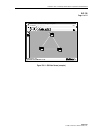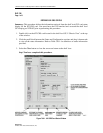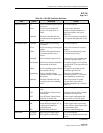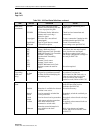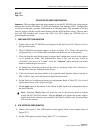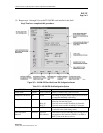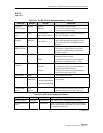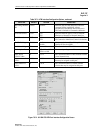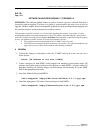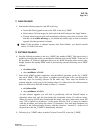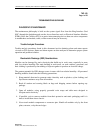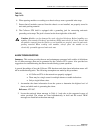
1152700 • Issue 1 • February 2001• Section 2 Operation and Maintenance
Page 2-417
© 2000, ADC Telecommunications, Inc.
DLP-798
Page 1 of 3
SOFTWARE FALLBACK FROM RELEASE 3.1 TO RELEASE 3.0
SUMMARY: The software fallback feature is used to revert to a previous software load after a
successful software upgrade. The idea is to restore a system back to the state it was in prior to
upgrade. Fallback implies that an unacceptable problem has been encountered after upgrade and
the customer wants to revert to the previous software version.
This procedure is specific to release 3.1. It is used after upgrading from release 3.0 to release 3.1 when
unanticipated problems necessitate falling back to release 3.0 software. Note that fallback is only allowed
for the first 24 hours following software upgrade by default. This timeframe is specified during the upgrade
process. The fallback procedure consists of several steps outlined as follows:
• This procedure must be initiated with the slot_2 NMIC in the active state.
• The UNIX-based commands in this document are case sensitive. Pay particular attention to the
upper and lower cases shown in the examples when entering commands.
0 GENERAL
1. Connect the laptop or workstation to the slot_2 NMIC and log in as the root user via a
telnet session.
telnet [IP address of the slot_2 NMIC]
2. Create a directory on both NMICs called /tmp/p3 and manually ftp the kernel image, OS
package, and feature control package to this directory on both NMICs. All other release 3.0
packages including all software images and flash images should already be on the NMIC
disk in the appropriate directories.
3. Install the fallback OS on both NMICs.
/sbin/cwupgrade /tmp/p3/ADC-Linux-fallback-3.0.1.0.ppc.rpm
4. Install the appropriate 3.0 Feature Control package on both NMICs.
/sbin/cwupgrade /tmp/p3/FeatureControl-a(x)-3.0-1.ppc.rpm



